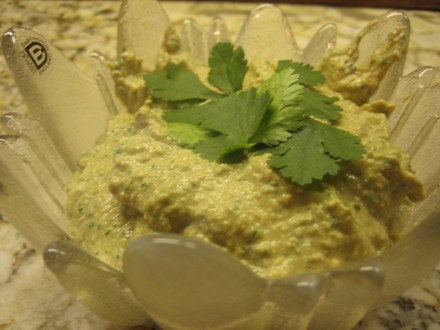
If I were to tell you what the main ingredient was for this dip, you’d probably just scroll right on by, delete this post, turn up your nose perhaps, or laugh. So you’ll have to read down a bit before I divulge.This dip came about because some years ago my DH and I went on a mostly vegetarian diet. DH had a heart attack in 1997. He survived, with minimal heart damage, but the doctor told him afterwards that he needed to lose some weight. So we both went on an extremely low fat, vegetarian diet. We consulted a nutritionist to make sure we were going in the right direction. This, coming from two carnivores here, was a huge – I mean HUGE – divergence for our lifestyle.To say that I struggled with this diet – preparing the food – is a gross understatement. I admit it – I like meat. Even a thick steak now and then, as readers of this blog know. I had cookbooks coming out the ying-yang, as they say, and consulted them all. I read Dean Ornish from cover to cover. I didn’t adhere quite to his recipes, but close. We ate fruit smoothies for breakfast every morning. And some eggs, so I guess that made us omnivores actually. And the weight came off. Off Dave. Not so much off me. I couldn’t believe it. I was so discouraged. I really thought he’d lose 40 pounds, and maybe I’d lose 30.I could go on and on with this story – another time perhaps – but after 6 months DH HAD lost 40 pounds (I’d lost 15). The doctor was very pleased. But DH was anemic. The nutritionist insisted Dave needed to eat chicken and fish. Okay. Added that back into our diet. Tasted GREAT, I might add. Weeks went by and DH was still anemic. The nutritionist told us to eat lean beef at least once a week. That was our undoing, I’m afraid.
During that period of vegetarianism, I tried all kinds of things I’d never have done before. No matter what I did, I couldn’t seem to make most food taste all that good. It was okay, but not more than that. Without cooking with fat, in some form or another, our food just tasted bland. I craved meat. Butter. Cookies. Chocolate (I sneaked a few). I made a big bean salad regularly that DH was supposed to dig into every day (beans are high in iron). He ate apples (also high in iron) every day. But he kept losing weight, and he was still anemic. So when the nutritionist said you’d better have some beef at least once a week, I began introducing beef into our regular fix-at-home diet. I cooked some with a cast iron skillet too, which helped (food cooked in cast iron leeches out some of that iron into our bodies), but it wasn’t enough to get his anemia under control. So, we kind of reverted to our former diet of eating most things. He’s still on the anemic side, but he takes a supplement, and since we eat meat (whether it be chicken, fish, pork, lamb or beef) several, if not 7, nights a week, he doesn’t any longer have a problem.
So back to this post. Trying to find things that had high flavor, but low fat and no meat, was a challenge. I spent more time in the kitchen, cooking (mostly chopping and prepping) than I ever have in my life. And I was always looking for something new and different. This dip fit the bill on all fronts. It came from a cookbook I own called Cal-a-Vie’s Gourmet Spa Cookery. The book is out of print, and this is the only recipe I’ve liked from the book. So now, the secret: tofu. I’m not a fan of tofu. I don’t much like its texture – even in Chinese or Asian stir frys, hot and sour soup, etc. So normally I avoided it whenever possible. I still do if offered it straight away. I mean . . . it’s so blah. And spongy. Not a texture I like except in custard. But, as I learned with this dip, tofu is a “vanilla” substance. It absorbs flavors from the food around it. So, enter: garlic, cilantro, cumin, hot chiles, etc. and you’ve got a wonderful – LOW FAT combo.
Rarely do I tell people what’s in this dip – most people guess it has beans or hummus in it. Nope. Nope. No, no sour cream. No cottage cheese. No, no yogurt either. I don’t believe anyone has ever guessed it.
Cook’s Notes: buy soft or “regular” tofu. I have used nonfat tofu, but the flavor is a bit better with full fat tofu. There’s not a smidgen of other kinds of fat in this dip, and tofu’s fat is all unsaturated, so I go for the gold here. If you don’t like spicy food, reduce – or eliminate – the chile pepper. Be sure to mince up the chile pepper well – scrape down the workbowl to make sure. You can use the finished sauce as a sauce on vegetables, or even on pasta, or over potatoes. But the dip is just the best form, served either with vegetables or crackers. I toasted pita wedges this time.
printer-friendly PDF
Files: MasterCook 5+ and MasterCook 14 (click link to open MC – 14 includes photo)
Hot & Spicy Tofu Dip
Recipe: Cal-a-Vie’s Gourmet Spa Cookery
Servings: 20
NOTES: The recipe says to serve as a dip for artichokes or an array of vegetables. Also works well with crackers, baked pita bread. Could also be used as a topping for plain food (vegetables, grilled chicken) or baked potatoes.
1 pound tofu — soft
5 cloves garlic
1 small jalapeno chile pepper — seeded [I used a serrano]
1 bunch fresh cilantro — rinsed and drained
1 bunch green onions
2 tablespoons fresh lime juice
2 tablespoons orange juice
1 tablespoon ground cumin
1 tablespoon low-sodium soy sauce
1 tablespoon honey — or Splenda, or brown Sugar Twin (and don’t add any more, as this is sweet enough)
1. Have all ingredients ready beside your food processor. Allow tofu to drain a few minutes before beginning. Start the motor and add the jalapeno pepper and allow to mince finely. Add garlic cloves in same manner. Then add cilantro, green onions, juices, cumin, soy sauce and sweetener.
2. Cut tofu into smaller chunks and add to bowl, then process until smooth.
3. Chill for several hours. Will keep for many days.
Per Serving: 25 Calories; 1g Fat (38.5% calories from fat); 2g Protein; 2g Carbohydrate; trace Dietary Fiber; 0mg Cholesterol; 32mg Sodium.







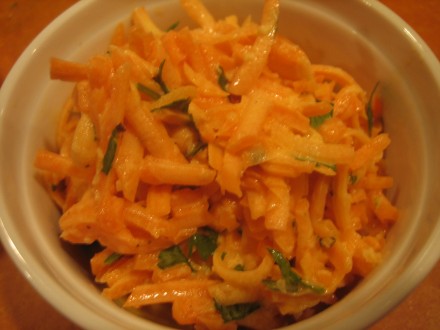
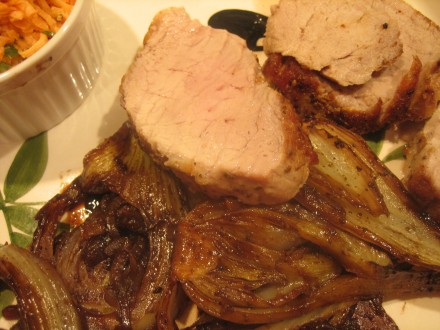
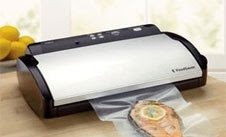

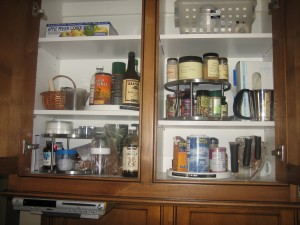
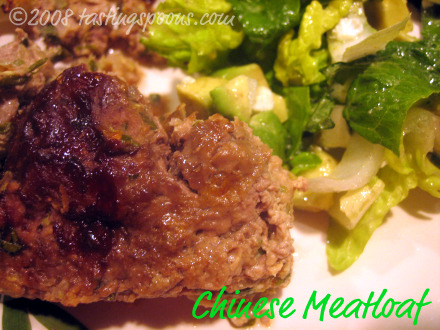


Leave a Comment!